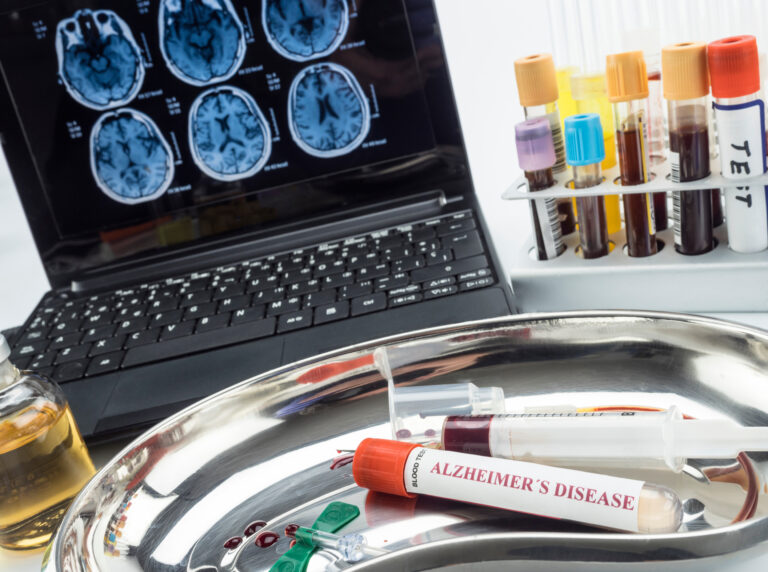The concept of aging backwards through habit is intriguing and has sparked significant interest in the scientific community. While it may seem like science fiction, researchers are exploring various ways to slow down or even reverse certain aspects of aging. This involves understanding the underlying biological processes and how they can be influenced by lifestyle choices and medical interventions.
One key area of research focuses on genes that contribute to aging, known as gerogenes, and those that counteract it, called gerosuppressors. Gerogenes are genes that, when overactivated, can accelerate aging, while gerosuppressors work to slow it down. For instance, the DBI gene is a gerogene that may increase with age, leading to cardiovascular issues. On the other hand, the α-klotho gene is a gerosuppressor associated with longevity. By manipulating these genes, scientists hope to develop treatments that can slow aging.
Another critical aspect is the role of protective mechanisms in the body. For example, a protective sugar coating called the glycocalyx plays a vital role in maintaining the integrity of blood vessels in the brain. As we age, this coating deteriorates, leading to cognitive decline. Recent breakthroughs have shown that restoring this coating can improve cognitive function, offering new hope for treating neurodegenerative diseases like Alzheimer’s.
Lifestyle habits also play a significant role in aging. Diet, exercise, and stress management are crucial for maintaining health as we age. Compounds like retinol, found in vitamin A, can help reduce skin aging by promoting collagen growth. Additionally, avoiding excessive sugar intake and managing stress levels can help mitigate the negative effects of aging on the body.
Theories on aging, such as the free radical theory and genetic programming theory, provide insights into how aging occurs. The free radical theory suggests that aging is caused by damage from reactive molecules, while the genetic programming theory posits that aging is predetermined by our genes. Understanding these theories helps researchers develop strategies to combat aging at its core.
Ultimately, reversing or slowing aging is a complex task that requires a multifaceted approach. By combining genetic research, lifestyle changes, and medical interventions, scientists are making strides toward understanding and potentially reversing certain aspects of aging. This ongoing research holds promise for improving health outcomes and enhancing quality of life as people age.





